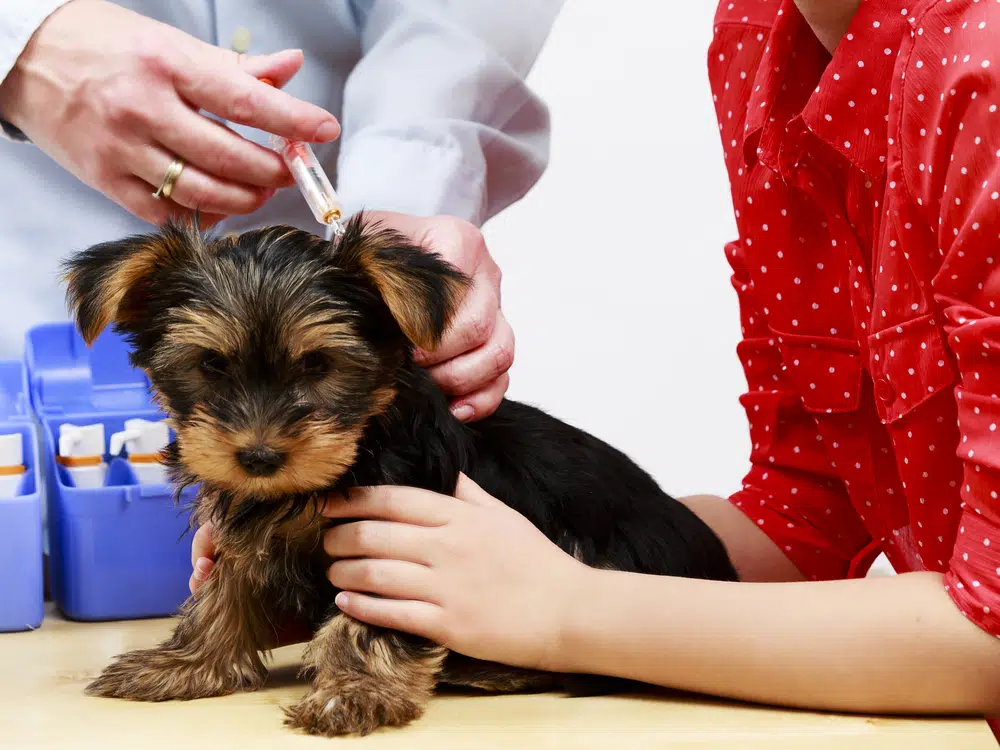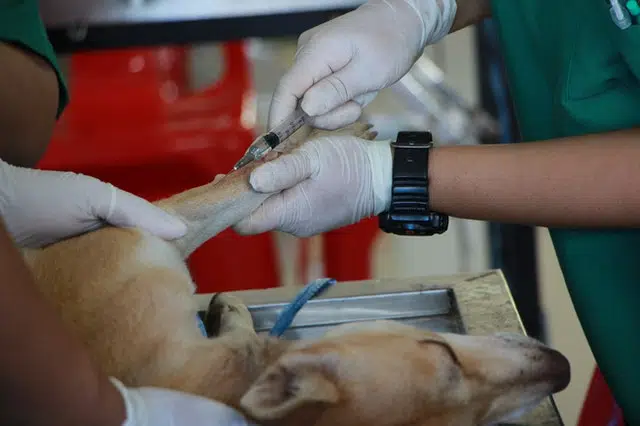Home » Blog » Pet » Pet Health & Safety » Xylitol and Dogs – Why Is It So Dangerous?
Categories
Tags
animal welfare
breed profile
buying a car
buying a pet
Car
car accessories
car care
car features
car insurance
Car safety
car sales
car service
cat
cat behaviour
cat body language
Cat Breeds
cat food
cat insurance
comprehensive car insurance
Dog
Dog Behaviour
dog body language
Dog Breeds
dog food
Dog Insurance
dog training
eco friendly cars
Kitten
New Car
pet accessories
pet activities
Pet Adoption
pet breeders
pet days of the year
pet fun stuff
Pet Health
pet insurance
pet parenting
Pet Safety
pet services
Puppy
rescue pets
road safety
road trip
safe driving
Recent Blog:
Facebook Posts
2 days ago
Growing old sometimes means we can’t take care of pets anymore. Find out some advice on what to do when this happens:![]()
![]() Senior Pet Parents – Contingency Plans for Your Pet – bit.ly/44bzwkS
... See MoreSee Less
Senior Pet Parents – Contingency Plans for Your Pet – bit.ly/44bzwkS
... See MoreSee Less
Senior Pet Parents' Contingency Plans for Pets
www.pd.com.au
Sometimes senior pet parents need more downtime. For older pet owners, this can be tricky to navigate if their dog or cat is full of beans and wants to4 days ago
Before you rev up the engine, let’s run through a checklist of things to do before starting your car. Not only do these steps ensure your safety (and that of others around you), but they also help in maintaining your vehicle's longevity.![]()
![]() Driving Tips: Your Checklist Before Starting Your Car -
... See MoreSee Less
Driving Tips: Your Checklist Before Starting Your Car -
... See MoreSee Less
Driving Tips: Your Checklist Before Starting Your Car
www.pd.com.au
Heading out for a drive? Hold up a second! Whether you're dashing off to work, running errands, or embarking on a road trip adventure, there are a few1 week ago
Are intestinal worms setting up camp in your dog’s gut without paying rent? Here’s how to spot the main culprits and get rid of them too:![]()
![]() Preventing, Identifying and Treating Intestinal Worms in Dogs - bit.ly/43YjCKu
... See MoreSee Less
Preventing, Identifying and Treating Intestinal Worms in Dogs - bit.ly/43YjCKu
... See MoreSee Less
Preventing, Identifying and Treating Intestinal Worms in Dogs
www.pd.com.au
Intestinal worms, such as roundworms in dogs are one of the least glamorous topics on the planet. These intestinal parasites that basically use our dogsLet’s not beat around the bush: the consumption of xylitol by dogs can be fatal. For humans, it’s a useful alternative to sugar and is diabetic-friendly. For dogs, it’s downright dangerous. While humans and dogs share loads of things, from beds to dinners, xylitol shouldn’t make that list.
You’d be surprised to hear that xylitol is found in all sorts of products. From chocolate to peanut butter and even mouthwash! All of them can cause xylitol poisoning in dogs. But what about cats? So far, the evidence isn’t completely conclusive.
First, let’s look into how xylitol toxicity happens in dogs, and then move along to our feline friends.
Why can’t dogs eat xylitol?
Xylitol is totally fine for people to eat. And it even tastes good – according to some, anyway! So why are xylitol and dogs such a bad mix?
When people eat xylitol, our body recognises that it isn’t actually real sugar, even if it tastes sweet. Which is why it’s so useful as a substitute for diabetic. When it comes to dogs though, it isn’t quite so simple.
Essentially, the dog’s body starts to produce insulin, which helps them process sugar. But of course, xylitol isn’t real sugar so there isn’t actually new sugar to process. What this means is that the xylitol is absorbed into the blood stream and the dog’s body releases a huge amount of insulin for no reason.
This causes a sudden and very dangerous drop in blood sugar, known as hypoglycemia, which can be fatal. It can happen as soon as 10 minutes after a dog eats xylitol.
The main lesson? Any products with xylitol products need to be kept well out of reach of your dogs.
Can cats eat xylitol?
So, it’s clear that xylitol and dogs are a very bad match. But what about cats? Is xylitol toxic to them the same way it is to dogs? Is it as bad as chocolate? Worse? It’s a bit of a grey area. So far, studies looking into the effects of xylitol on cats haven’t been conclusive.
One study used six healthy and middle-aged cats, none of whom showed any adverse symptoms from consuming xylitol. But of course, this is a very small study. The results of six cats can’t be considered conclusive for all cats. Regardless, you probably don’t want to feed your kitty a jar of peanut butter sweetened with xylitol.
Accidental ingestion makes up a large percentage of our pet insurance claims. Xylitol aside, lots of common household items (like essential oils) can be harmful to pets. Chocolate toxicity in dogs and cats is well-known. But there are quite a few other things that can poison your pet which you might not be aware of, like grapes. Be sure top read up on it.
The good news is, you don’t need to resort to sugary foods to keep your pets happy with their treats. Diabetes in dogs and cats is just as bad as it is in humans. Instead, check out these non-toxic dog birthday cake ideas and homemade cat treats for meowser.
Symptoms of xylitol toxicity in dogs
Dogs are pretty food-motivated and might snatch up something without you realising. It’s a scary thought, but it means xylitol toxicity could happen without you knowing it.
Below are some symptoms:
- Seizures
- Depression
- Weakness
- Staggering
- Swaying
- Dragging feet
- Loss of control
- Vomiting

What to do with xylitol poisoning
Xylitol toxicity in dogs is a medical emergency that requires immediate professional treatment. If you suspect your dog has eaten xylitol, get to a vet straight away.
Your vet will administer treat your dog via an IV drip to give them insulin regulating medicine. If this is done early enough, your dog has a good chance of recovery. Sadly, eating xylitol can be fatal to a dog if treatment isn’t sought early enough.
In instances like these, a good dog insurance plan can make the world of difference. That way, you don’t have to weigh up your options before you head to the vet. Instead, you can just focus on getting treatment as quickly as possible.
Share On:




